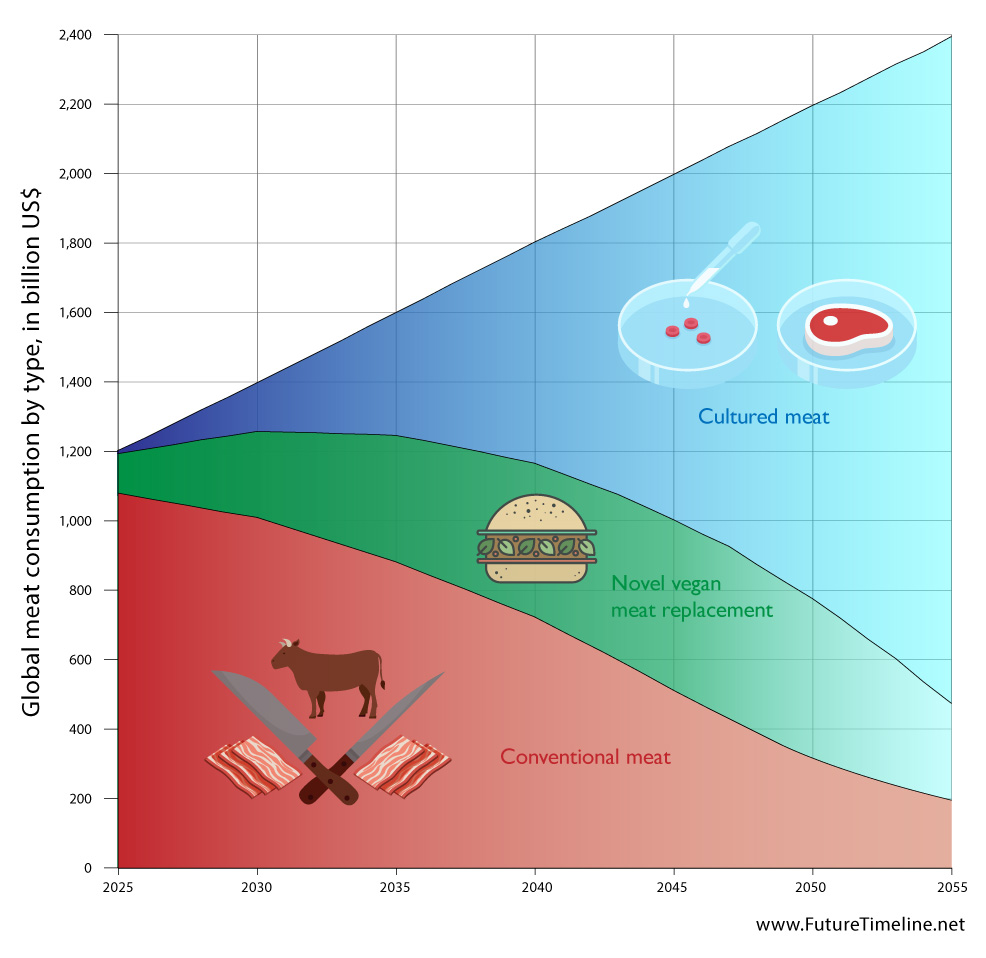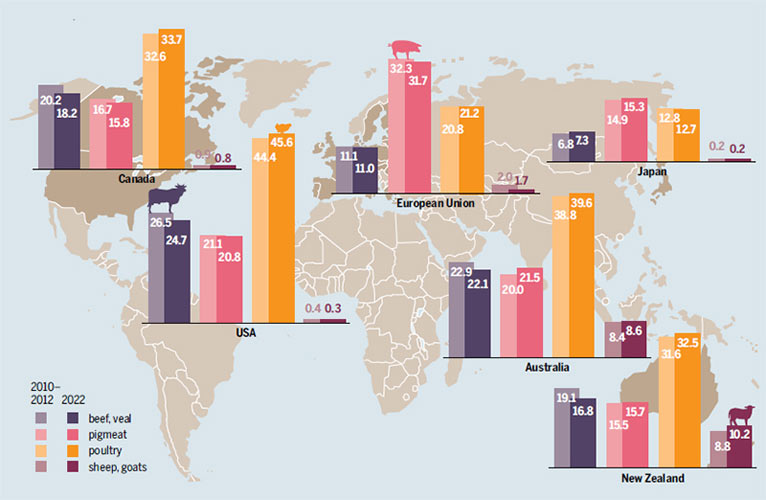A Global Perspective On Meat Consumption: Insights From Recent Data
A new map highlights the countries that eat the most meat, pinpointing the world's biggest consumers and detailing how consumption varies across the globe. This fascinating visual representation draws attention to how different nations prioritize meat in their diets, influenced by various factors such as culture, religion, and overall food consumption. Understanding these patterns not only provides insight into dietary habits but also raises questions about sustainability and environmental impact.
According to data compiled by the World Population Review, using information from the United Nations Food and Agriculture Organization, we can see significant differences in meat consumption worldwide. The amount of meat consumed by a country often correlates with its overall food consumption levels, but there are notable exceptions that reveal deeper cultural preferences. For instance, certain countries have developed a strong inclination towards specific types of meat, impacting their overall consumption statistics dramatically.
One standout example is Hong Kong, where residents consume an astonishing 136.31 kilograms (301 pounds) of meat per capita annually. This figure positions Hong Kong at the top of the global meat consumption chart. The local diet is heavily skewed towards pork and chicken, which makes up over 80 percent of the meat consumed. This preference not only highlights cultural culinary traditions but also signals potential environmental concerns due to high greenhouse gas emissions linked to meat production.
- Biography Of Kate Middleton
- Maite Perroni Pregnant
- Terrsa Palmer
- Percy Jackson And The Olympians Tv Show
- Laralove
What You Will Learn
- The countries leading in meat consumption and their unique dietary habits.
- The impact of cultural preferences on meat consumption across different regions.
- How meat consumption correlates with environmental issues and sustainability efforts.
- Future trends in global meat consumption and potential changes in dietary habits.

Meat Production Forecasting Balancing the Supply & Demand

Global meat consumption by type, 20252055

Fascinating "Meat Atlas" Maps Chronicle The World's Meat Production and